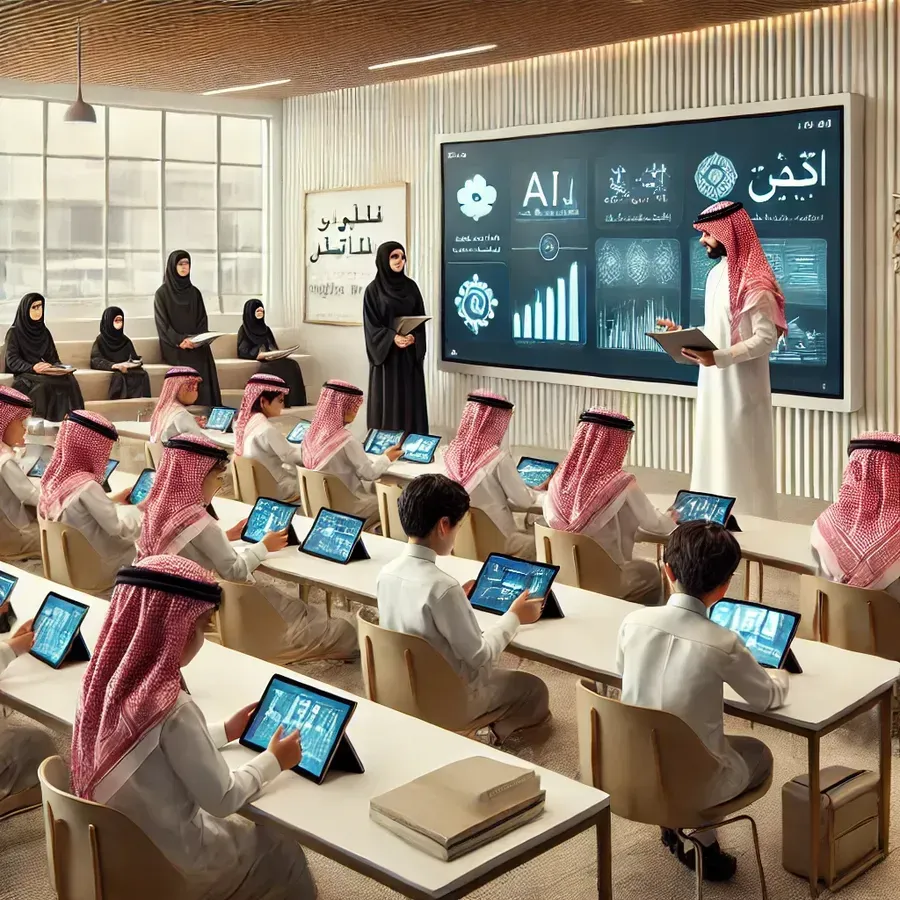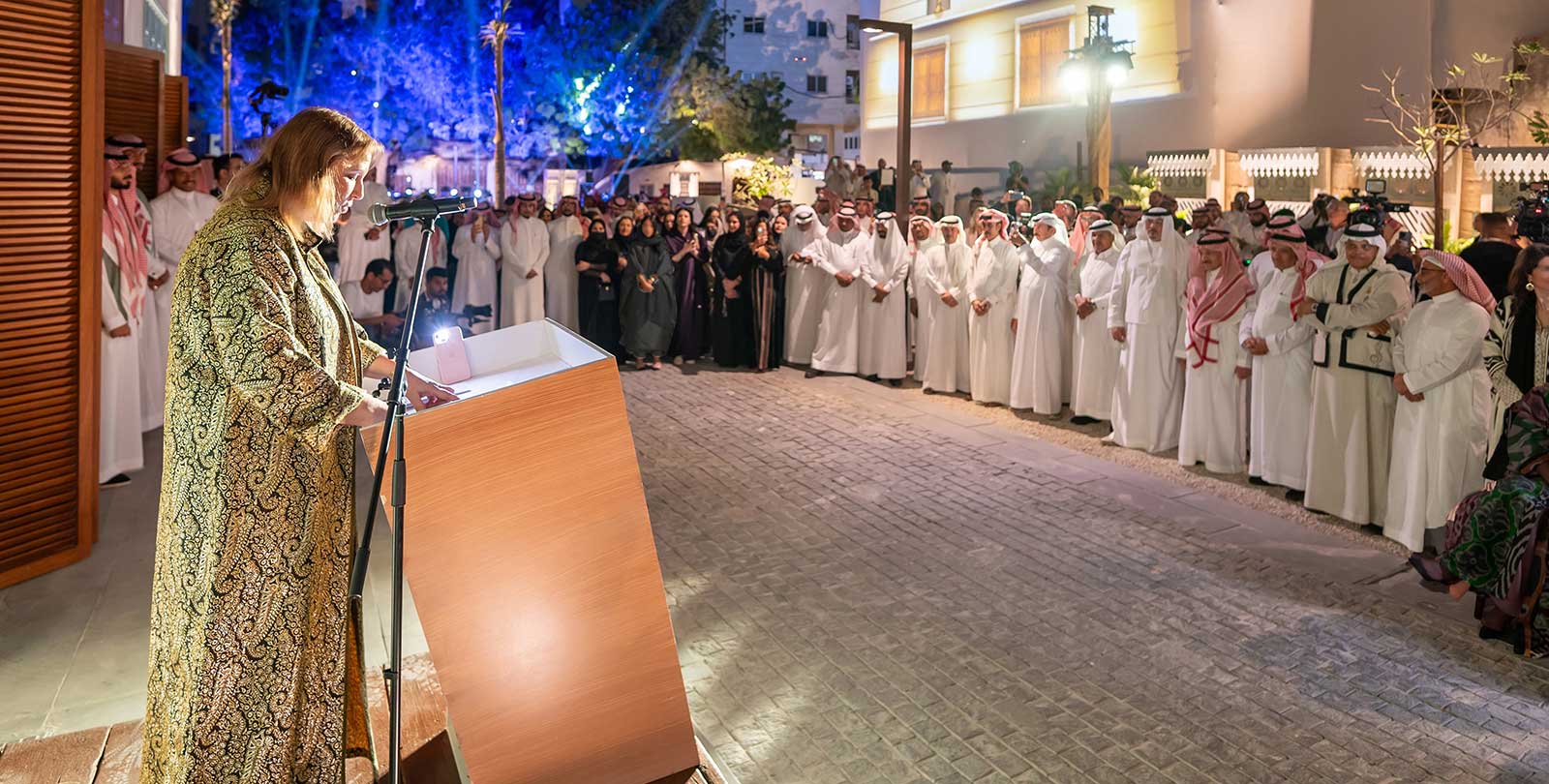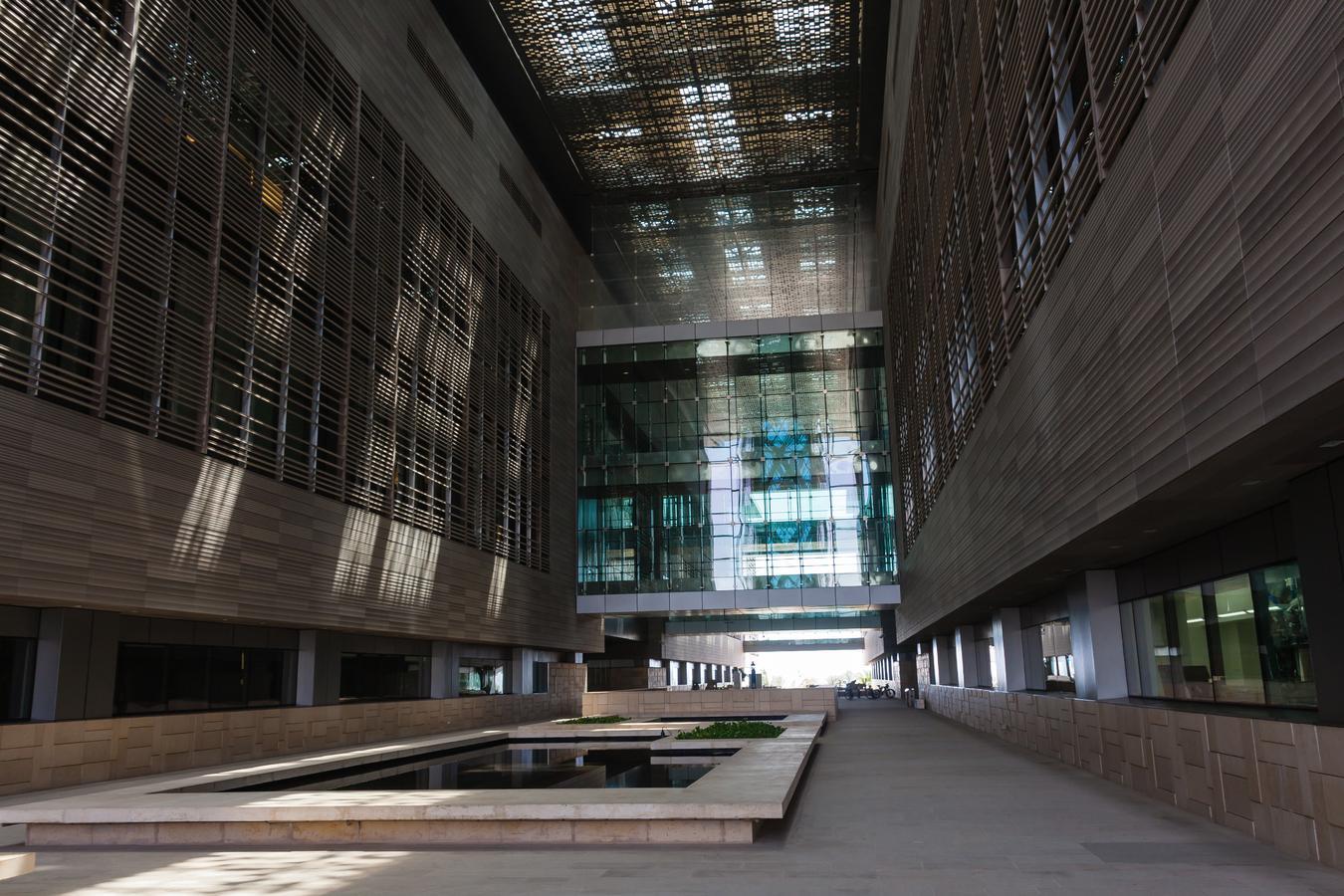AI promises to transform Gulf education, but its implementation poses significant challenges. Imagine a classroom where lessons adapt to each student’s pace and style, guided by artificial intelligence. For Gulf educators, this vision is not just plausible—it’s necessary. Bahraini researcher Omar Al-Ubaydli recently underscored this urgency, advocating for the integration of AI into classrooms as a vital step for the region’s education systems.
Al-Ubaydli emphasized that adopting AI is crucial to modernize education and prepare students for the demands of the future. Yet, while the promise of AI is compelling, the path to implementation is riddled with complexities requiring systemic overhaul. Traditional teaching methods, though foundational, are increasingly at odds with the rapid pace of technological advancement. AI-powered tools offer a unique opportunity to enhance learning, foster critical thinking, and prepare students for a competitive job market shaped by automation.
“AI has the potential to personalize education at an unprecedented level,” says Dr. Noor Al-Hajri, a technology specialist in the UAE. “By tailoring resources to individual needs, we can address learning gaps more effectively.” The urgency is clear: a report by the World Economic Forum predicts that by 2025, 85 million jobs will be displaced by automation, while 97 million new roles will emerge requiring advanced technological skills. For Gulf countries, ensuring students are digitally literate and adaptable is not just a goal—it’s a necessity. Some progress is already evident. The UAE, for instance, has incorporated AI strategies into education, blending digital tools into classrooms to enhance interactivity and resource access.
Still, the road ahead is far from smooth. Without a coherent, well-designed framework, technology risks becoming an ornamental addition rather than a transformative force. Substituting traditional teaching with digital tools alone often yields marginal improvements in learning outcomes. Privacy and security concerns also loom large. AI systems rely on vast amounts of data, raising ethical questions about how student information is collected and used. According to UNESCO, ensuring fairness and inclusivity in AI-driven education is paramount to prevent widening existing inequalities. Another hurdle is the potential overuse of screens. Research by the World Health Organization indicates that excessive screen time can negatively impact students’ mental and physical well-being.
Saudi Arabia with its emphasis on innovation and economic diversification, is uniquely positioned to capitalize on AI’s potential in education. Efforts to introduce technology into classrooms are already underway, aiming to equip students with skills that meet the demands of an increasingly digitized world. “Saudi Arabia is making strides in leveraging technology to prepare its students for global competition,” explains Dr. Faisal Al-Harbi, a Riyadh-based policy advisor. “The challenge now is ensuring these tools encourage creativity and critical thinking, rather than just rote memorization.” Yet a significant gap remains. A recent GCC study revealed that while 72% of teachers in the region believe AI will shape future education, only 35% of schools have the infrastructure to support its widespread adoption. Bridging this gap requires significant investment in digital infrastructure, teacher training, and resource accessibility.
While AI offers transformative possibilities, its adoption must be approached with caution and strategic foresight. Policymakers must address critical issues such as equitable access, cybersecurity, and the balance between digital tools and human interaction. “AI should enhance the teacher-student relationship, not replace it,” emphasizes Dr. Al-Hajri. “Education is as much about human connection as it is about knowledge transfer.”
The journey of Gulf countries can be measured against the experiences of global frontrunners like Finland and Singapore. These nations have successfully integrated AI to support personalized learning while maintaining strong human oversight—models that offer valuable lessons for the region. By thoughtfully aligning AI integration with the Gulf’s unique educational objectives, Saudi Arabia and its neighbors have the potential to redefine learning. The question is no longer whether AI will transform education in the Gulf—but how to ensure this transformation benefits all students while safeguarding the essence of education itself.









0 Comments
No comments yet. Be the first to comment!